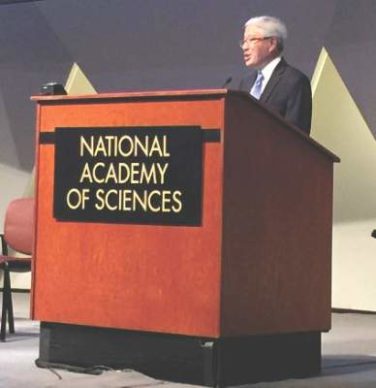AT THE GENITOURINARY CANCERS SYMPOSIUM
SAN FRANCISCO (FRONTLINE MEDICAL NEWS) – Men who undergo treatment for metastatic testicular cancer and are alive and disease free a few years later have an excellent prognosis, regardless of their initial risk group, and don’t need CT surveillance, new data suggest.
In the apparent first conditional survival analysis to stratify adult patients according to the International Germ Cell Cancer Collaborative Group (IGCCCG) risk classification system, investigators led by Dr. Jenny J. Ko studied 942 men with this cancer treated over a 22-year period.
Results reported at the 2016 Genitourinary Cancers Symposium sponsored by the American Society of Clinical Oncology, ASTRO, and the Society of Urologic Oncology showed that those who were still alive and free of disease at 2 years after diagnosis had a 98%-99% probability of remaining so over the next 2 years.
“This study has implications for survivorship, including counseling of patients; applying for life, disability, or medical insurance; and determining the frequency of surveillance imaging post therapy,” said Dr. Ko of the British Columbia Cancer Agency, Abbotsford. “Our study provides support for no further routine CT imaging beyond 2 years post first-line curative treatment in this patient population, which is consistent with the [National Comprehensive Cancer Network] guideline,” she said.
In additional findings, the patients had better outcomes than those seen in the original study used to derive the IGCCCG risk classification system nearly two decades ago (J Clin Oncol. 1997;15:594-603). This improvement “may be due to the better supportive care, standardized use of modern chemotherapy regimens, and better risk stratification in the contemporary cohort,” she proposed.
Invited discussant Dr. Christian K. Kollmannsberger, a medical oncologist with the BC Cancer Agency’s Vancouver Cancer Centre and the University of British Columbia, Vancouver, noted that the findings are consistent with those of other contemporary studies in this patient population, showing that most relapses occur in the first 2 years and that outcomes have improved in recent years.
The NCCN guidelines therefore endorse a lower frequency of clinical exams and imaging after 2 years, “but I think the other guidelines need to follow, and we need to really adopt our guidelines based on the results we have and lighten the burden for our patients,” he maintained.
Additionally, the overall better outcomes for patients in the contemporary era should be taken into consideration when designing new trials, according to Dr. Kollmannsberger.
“We have had numerous discussions in the past how to best statistically design our first-line trials. Should we use the IGCCCG classification data or not? And I think it’s time to move away from that and to use the updated data in order to design the appropriate trial,” he said, adding that the risk classification system is being revised to incorporate new data.
In their study, Dr. Ko and her colleagues reviewed the charts of men with a diagnosis of metastatic testicular germ cell tumors treated at five tertiary cancer centers in Canada, the United States, and Australia between 1990 and 2012.
At increments of 6 months (corresponding to typical assessment time points in men receiving first-line therapy), they calculated the probability of subsequently remaining alive among survivors and the probability of subsequently remaining alive without disease among survivors who had not experienced relapse.
Results for the entire population showed that, with a median follow-up of 99 months, the 5-year rate of overall survival was 95%, 93%, and 64% among patients with, respectively, favorable-, intermediate-, and poor-risk disease at diagnosis according to IGCCCG criteria, she reported. The corresponding disease-free survival rates were 88%, 81%, and 54%.
At baseline, the 2-year conditional overall survival was 97%, 94%, and 71% in patients with favorable-, intermediate-, and poor-risk disease, respectively. The differences diminished over time, and by 2 years out, corresponding values were 99%, 99%, and 93%, and no longer significantly different.
Similarly, at baseline, the 2-year conditional disease-free survival rate was 91%, 84%, and 55% in patients with favorable-, intermediate-, and poor-risk disease, respectively. By 2 years out, it was 98%, 99%, and 98%.
Findings were similar for men with seminoma and with nonseminoma tumor types.
Dr. Ko disclosed that she had no relevant conflicts of interest. Dr. Kollmannsberger disclosed that he receives honoraria from Bristol-Myers Squibb, Novartis, and Pfizer, and that he has consulting or advisory roles with Bristol-Myers Squibb, Novartis, Pfizer, and Seattle Genetics.




